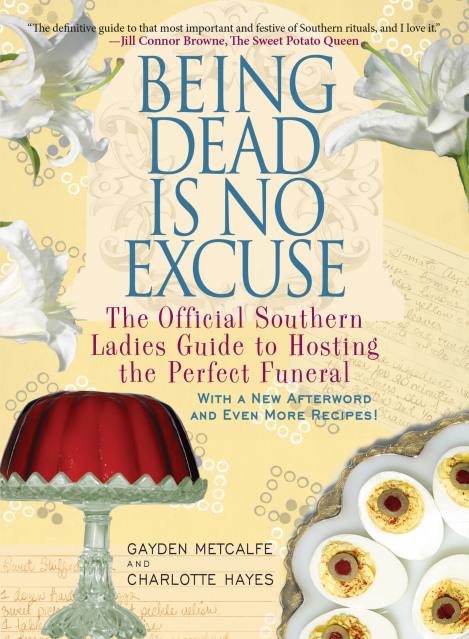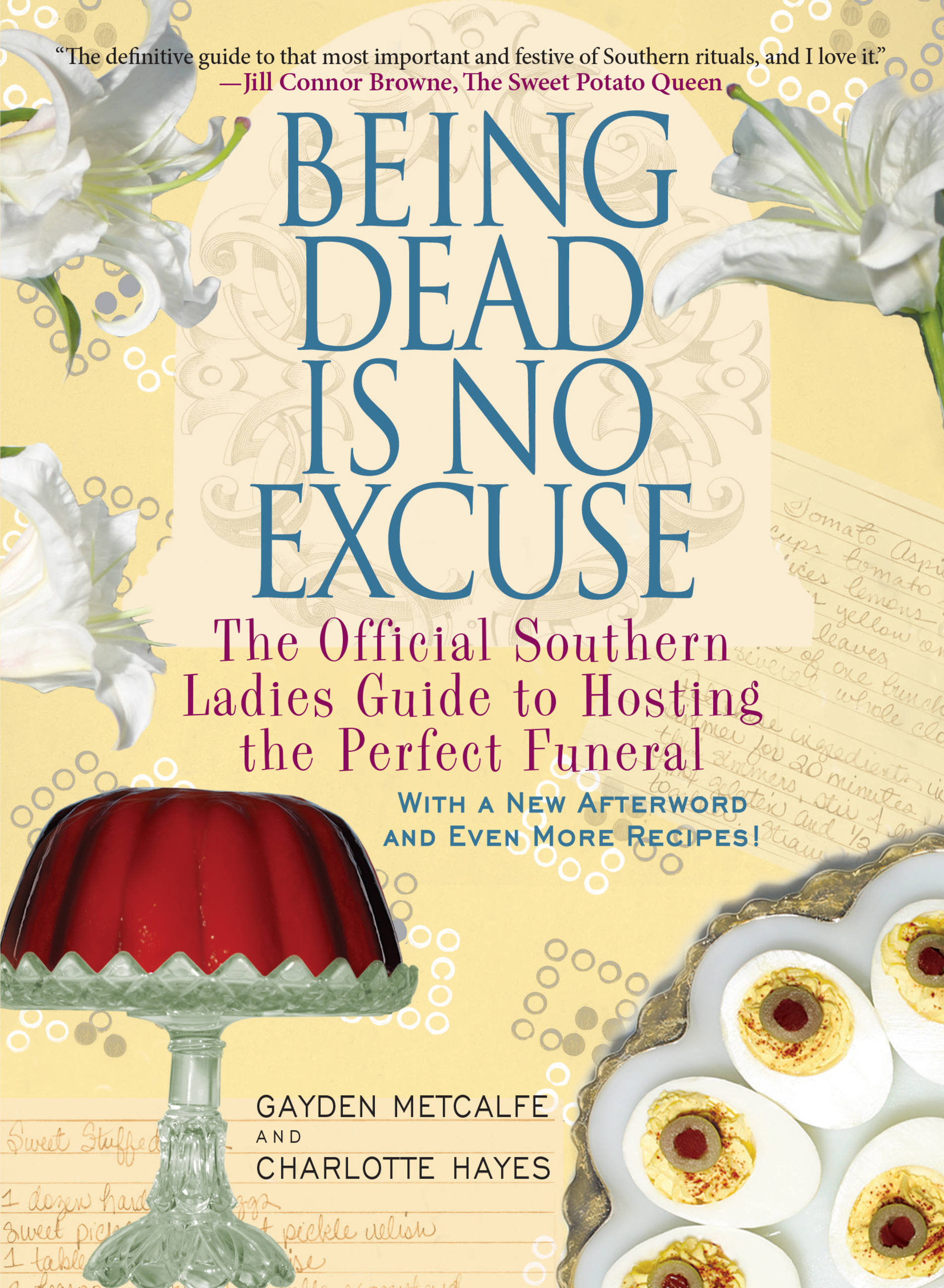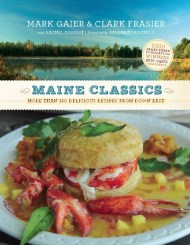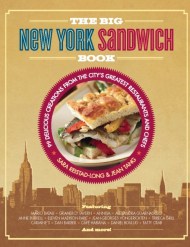Promotion
Use code MOM24 for 20% off site wide + free shipping over $45
Being Dead Is No Excuse
The Official Southern Ladies Guide to Hosting the Perfect Funeral
Contributors
Formats and Prices
Price
$9.99Price
$13.99 CADFormat
Format:
- ebook $9.99 $13.99 CAD
- Trade Paperback $18.99 $23.99 CAD
This item is a preorder. Your payment method will be charged immediately, and the product is expected to ship on or around May 7, 2013. This date is subject to change due to shipping delays beyond our control.
Also available from:
As author Gayden Metcalfe asserts, people in the Delta have a strong sense of community, and being dead is no impediment to belonging to it. Down south, they don’t forget you when you’ve up and died-they may even like you better and visit you more often! But just as there is an appropriate way to live your life in the South, there is an equally essentially tasteful way of departing it-and the funeral is the final social event of your existence so it must be handled flawlessly. Metcalfe portrays this slice of American culture from the manners, customs, and the tomato aspic with mayonnaise that characterize the Delta way of death.
Southerners love to swap tales, and Gayden Metcalfe, native of Greenville, MS, founder of the Greenville Arts Council and chairman of the St. James Episcopal Church Bazaar, is steeped in the stories and traditions of this rich region. She reminisces about the prominent family that drank too much and got the munchies the night before the big event-and left not a crumb for the funeral (Naturally some early rising, quick-witted ladies from the church saved the day, so the story demonstrates some solutions to potential entertaining disasters!). Then there was the lady who allocated money to have “Home on the Range” sung at the service, and the family that insisted on a portrait of their mother in her casket, only to refuse to pay for it on the grounds that “Mama looks so sad.”
Each chapter ends with an authentic southern recipe that will come in handy if you “plan to die tastefully”, including Boiled Bourbon Custard; Aunt Hebe’s Coconut Cake; Pickled Shrimp; Homemade Mayonnaise; and Homemade Rolls.
Genre:
- On Sale
- May 7, 2013
- Page Count
- 272 pages
- Publisher
- Hachette Books
- ISBN-13
- 9781401305741
Newsletter Signup
By clicking ‘Sign Up,’ I acknowledge that I have read and agree to Hachette Book Group’s Privacy Policy and Terms of Use







